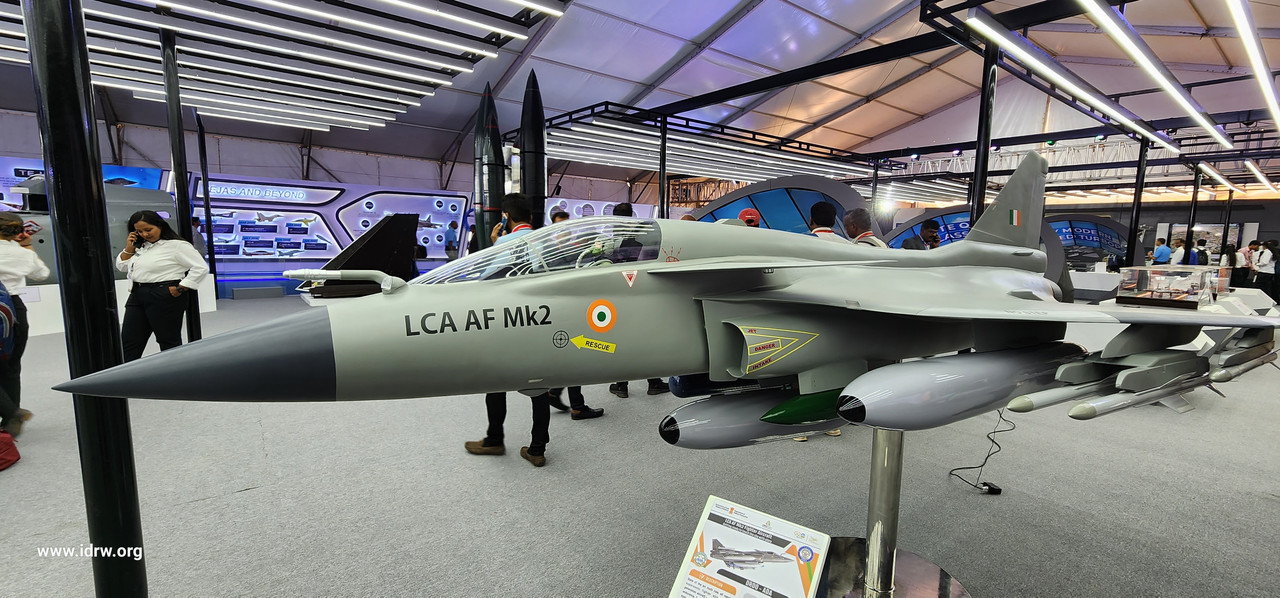SOURCE: RAUNAK KUNDE / NEWS BEAT / IDRW.ORG

As the battlefield transforms into a digital landscape, modern fighter jets are no longer just marvels of engineering, but integrated weapon systems heavily reliant on sophisticated software. This is precisely why the Indian Air Force’s (IAF’s) Tejas MkII program prioritizes adaptable software as a critical factor for its longevity and combat effectiveness.
Unlike traditional methods where software updates can take months of development and testing, the Tejas MkII program will focus on adaptable software. This allows the IAF to iterate and update software functionalities within a timeframe of weeks, ensuring the aircraft stays ahead of the curve in a rapidly evolving technological landscape.
The Tejas MkII boasts a significant upgrade in its sensor suite and avionics, including a Wide Area Display (WAD). This creates a complex information environment for the pilot. Here’s where the magic of software comes in. The software acts as the bridge, seamlessly fusing data from various sensors and presenting it to the pilot in a clear and concise manner. This allows for quicker decision-making and enhanced situational awareness, crucial for success in modern air combat.
The Tejas MkII’s software architecture is designed to be open. This means the core functionalities remain untouched, while the tactical management portion can be easily upgraded. This adaptability ensures the aircraft can integrate new weapons and technologies as they emerge, extending its operational life significantly.
The responsibility of crafting this critical software falls on the capable shoulders of the Bangalore-based Software Development Institute (SDI) in collaboration with the Aeronautical Development Agency (ADA). Their expertise will be crucial in developing not just combat-oriented software, but also software for periodic checks and maintenance, streamlining the entire lifecycle of the Tejas MkII.
Developing software for a fighter jet is a monumental task involving thousands of lines of code. Each line plays a vital role in ensuring the aircraft’s performance, weapon systems integration, and ultimately, the pilot’s safety. As the Tejas MkII will see an expansion of its weapon arsenal, the software complexity will inevitably grow, demanding even more robust and efficient coding practices.
NOTE : Article cannot be reproduced without written permission of idrw.org in any form even for YouTube Videos to avoid Copy right strikes. Websites doing illegal reproductions will get DMCA and Legal Notices.